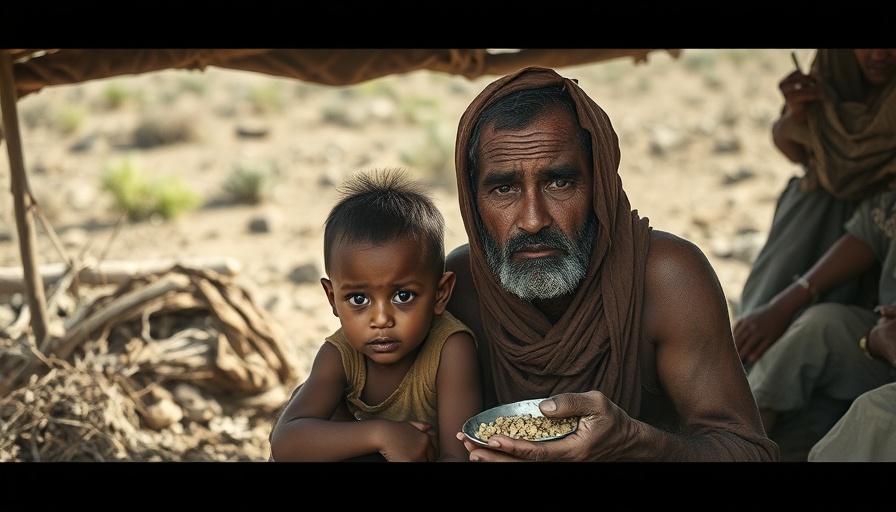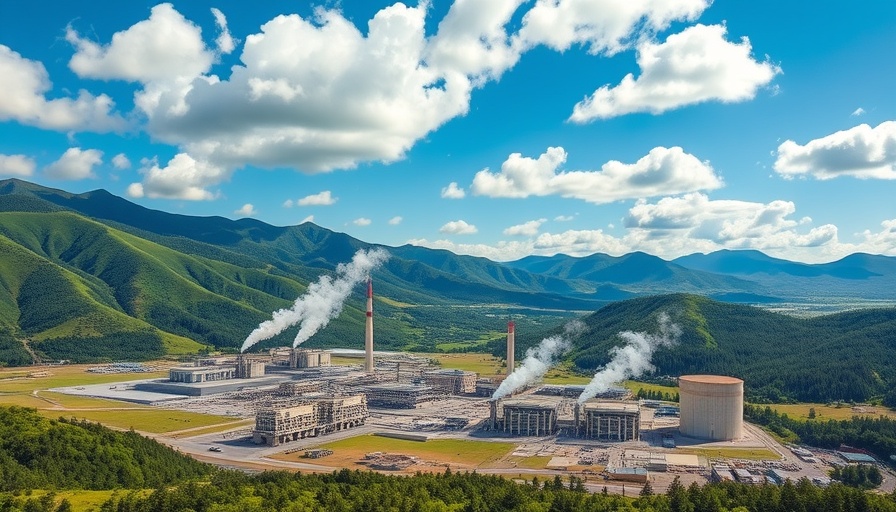
Climate Risks Threaten Educational Futures in the Philippines
The Philippine education sector faces mounting challenges as climate risks like heatwaves and storms escalate, exacerbating an already precarious infrastructure. A recent study by the Philippine Institute for Development Studies highlights these issues, noting that classroom congestion continues as enrollment rises and existing educational facilities deteriorate due to natural disasters.
As 27 million Filipino students returned to school in June, teachers voiced concerns about the inadequacies of classrooms to withstand climate disasters. In a bid to protect learning during the peak of natural calamities, the government has restructured the academic calendar several times; this year reverting to a June-to-March setup was a strategic response to avoid the severe heat index during summer months.
Shortages in Learning Spaces Amid Climate Challenges
Teachers’ groups are calling for more than just calendar adjustments. They demand investments in infrastructure to ensure schools are resilient to heat and storms. The Department of Education reports a staggering 165,000 shortage of classrooms this school year, and while classroom size targets aim for 35 students in primary schools and 40 in high schools, the reality in metropolitan Manila shows an average of 48 students per classroom, amplifying the crisis.
Nearly 96 percent of Filipino children are at risk of multiple climate-related hazards, including floods, heatwaves, and tropical cyclones, according to UNICEF. Such conditions not only hinder their education but also threaten their wellbeing and future prospects. With limited government funding for maintenance and repairs, the burden often falls on parents and educators, who volunteer time and resources to prepare classrooms for the academic year.
Community and Government Action: A Call for Responsibility
“The solution is not to ask the community for help; it is the state’s obligation to increase funding for school repairs and infrastructure,” argues Benjo Basas, a representative of the Teachers’ Dignity Coalition. The ongoing challenges raise critical questions about the safety of school buildings: Are they equipped to handle climate stresses like flooding and seismic activity?
Education advocates assert that without adequate financial support from the government, the situation is unlikely to improve. The focus must shift towards not only addressing immediate classroom shortages but also ensuring that buildings are designed to withstand future challenges posed by climate change.
A Vision for Climate-Ready Schools
The United Nations cultural agency UNESCO emphasizes the importance of creating climate-proof classrooms and improving emergency preparedness to green schools effectively. Philippine President Ferdinand Marcos has made commitments to retrofitting schools and developing infrastructure that is resilient to climate disasters. His administration's goal is to create educational environments that are safe, resilient, inclusive, and conducive to learning—characteristics that define a “climate-ready” school.
The push for greening schools aligns with broader sustainability initiatives aimed at reducing the environmental impact of educational institutions. Emphasizing the use of renewable energy sources and eco-friendly building materials can significantly contribute to improving the overall sustainability of the education sector.
Empowering Students Through Sustainability
Beyond infrastructure improvements, integrating sustainability practices into curricula can empower students to be proactive about environmental conservation. By educating them on responsible consumption, ethical sourcing, and green living practices, schools can cultivate a generation of eco-conscious individuals. This not only benefits the environment but also prepares students to navigate challenges posed by climate change in the future.
Environmental Impact and Social Responsibility
The Filipino school crisis can serve as a crucial lesson on the need for social responsibility and community engagement in addressing climate-related challenges. Involvement from various stakeholders, including government, educators, parents, and students, is vital to build stronger, sustainable educational institutions.
Conclusion: The Path Forward
As the Philippine education system grapples with the effects of climate change, it becomes clearer that immediate and sustainable action is essential. The need for strong infrastructure investment is vital, but so too is the commitment to empower students with knowledge about environmental stewardship. By prioritizing these areas, the Philippines can embark on a journey toward resilient, thriving learning environments that are equipped to face future challenges.
 Add Row
Add Row  Add
Add 



Write A Comment